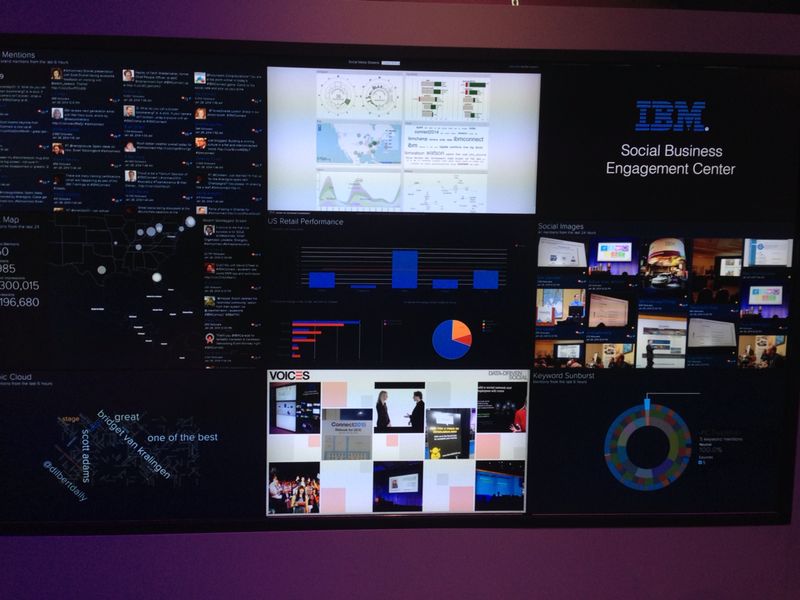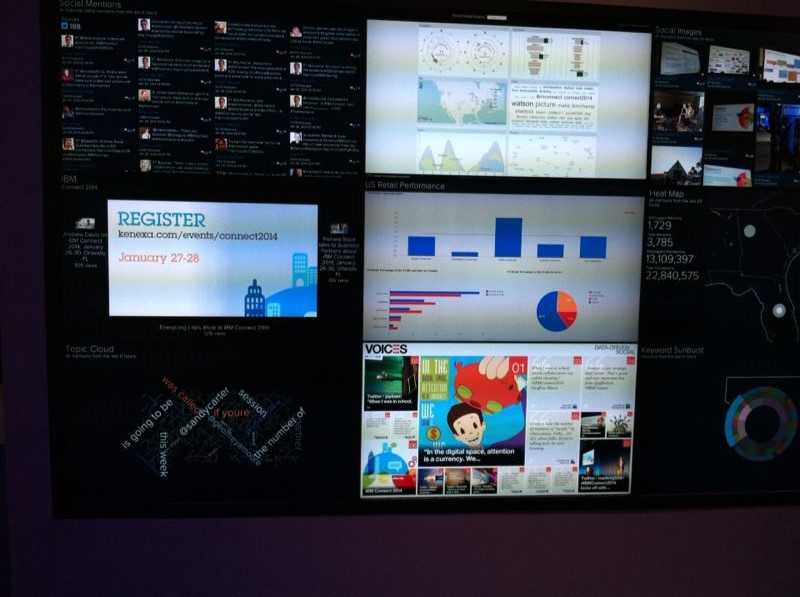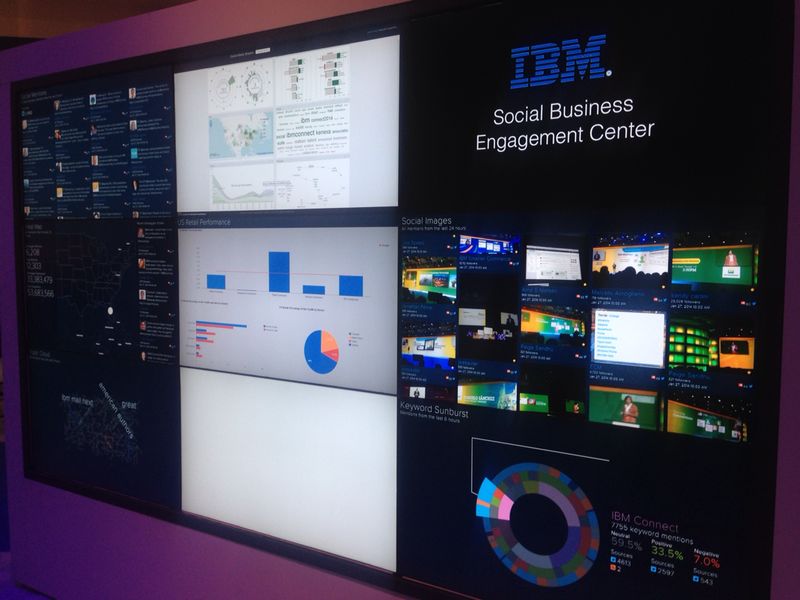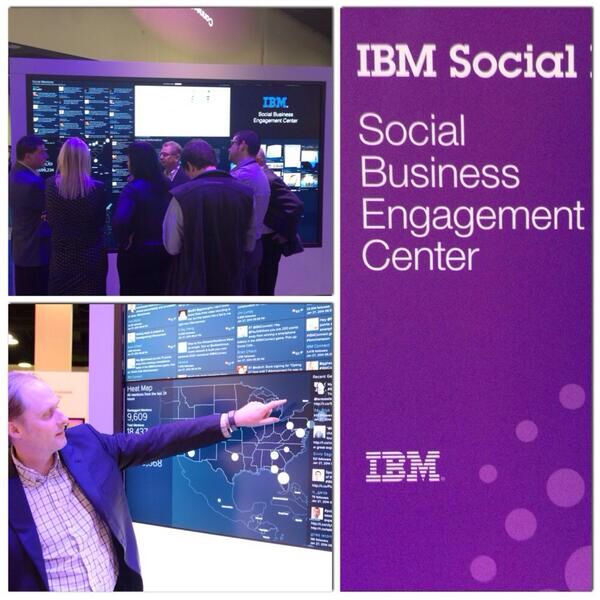World-Class Customer Service in the Digital Age
Published in ClickZ on May 14, 2014.
The combination of the best possible tools for social marketing and the best possible customer service representatives will result in a unique, engaging experience for your customer.
We all know the power of a great customer experience or a terrible customer experience - 95 percent of people share bad experiences vs. only 83 percent that share good, and 58 percent are more likely to tell people of their customer services experiences than five years ago. (Zendesk)
But there is much behind an excellent customer experience. Leading organizations realize that social business is more than just "doing social media"; they need to provide an excellent employee experience and are harnessing the power of social networking to innovate, deliver valuable experiences, and engage with customers in new ways - sometimes even going above and beyond to deliver a juicy steak right to a customer's plane terminal.
So, they're integrating social communication into the very fabric of their organization, beyond just the realm of customer service and support.
Companies need to rethink operations, policies, and infrastructure to better serve customers, because social business is about much more than any single social network; it's about putting the customer at the beginning, middle, and end of your organization's focus.
I'm sure most of us have seen these statistics before, and we know that digital technologies are playing a large part in how a brand interacts with its customers - and how that brand is perceived by its customers.
That's because customer service has become a key differentiator. In an age where a company and its competitors are all reaching out and interacting with the same customer through multiple channels and touch points, everything hinges on customer experience.
- How does the customer interact with your brand?
- How does your workforce interact with your customers?
- What tools do you have at your disposal to better understand, interact, and serve your customer?
These are important questions, because the answers determine the kind of experience your customer has when engaging your company - and they also determine if the customer will continue to engage, or jump ship to a competitor.
Industries and CXOs agree: Many of today's customer experience challenges can be overcome by digital fluency.
And, within the next few years, we will see nearly 70 percent more CXOs using digital channels to more fully engage with customers for a stronger customer service experience across every point of interaction.
And social business goes much deeper than just an improved customer experience. It allows you to engage people as individuals, not segments - offering personalized value at every touch point.
By delivering a high-value, personalized digital experience to prospects and customers, you can drive higher revenue. Up to one-third of all consumer spending is influenced by social interactions, accounting for $940 billion annually (McKinsey).
Digital customer service experiences must be:
- Engaging: putting the customer in charge, letting them drive the experience
- Compelling: matching and exceeding expectations
- Consistent: regardless of device or channel, and
- Relevant: the digital experience must know who the customer is, where they are, and what they're trying to achieve.
Customers satisfied with their digital experience have made 30 percent more referrals. And happy customers call customer service about 62 percent LESS, making very happy employees.
Ultimately, savvy companies understand one truth: that customer service is at the core of customer experience.
By delivering exceptional experiences for your customers, your organization can turn those customers into brand advocates, working for your brand and spreading your messaging across every channel - sharing stories, writing reviews, and recommending products or services to friends.
Did you know that:
- A company with 100,000 brand advocates can reach 60 million people. (Zuberance)
- A 12 percent increase in brand advocacy generates a two-fold increase in revenue on average. (Fred Reichheld, HBS Press)
- Seventy-two percent of adults who had a memorable product or service experience said they took positive action, with 57 percent communicating their positive experience to others, and 41 percent recommending that someone make a purchase. (Harris Interactive)
Social is a natural platform for this - we call it Social Business.
A successful social business will:
- Understand the individual customer by getting the data necessary to anticipate user needs, spot trends sooner, and optimize a digital commerce strategy.
- Foster meaningful interactions through consistent and seamless multichannel experiences, allowing them to reach wider audiences and gain individuals' trust.
- Embrace transparency with open, authentic social interactions and community-based customer service.
- Unleash creativity by using rich media management tools to rapidly respond to changes and new opportunities in the marketplace.
But where do you start? You start with people - both your customer and your employee. Engage your customer through an enabled, empowered workforce. Listen to what your customers are saying across every channel through open communication, use analytics, and put the insight gained to good use so you can create a better, personalized customer experience.
Give your workforce - from the call center to the boardroom - powerful analytics so they can provide better service and solutions to your customers.
Give them the social and analytics tools they need to better interact with the customer, on the customer's terms.
And furthermore, a social business leader uses social tools to determine the best behaviors and traits needed for positions involving any kind of customer interaction, optimizing your customer service by using the most qualified and best-suited employees.
So it's the best tools in the hands of the best possible workforce - coming together to craft a unique, engaging experience for your customer.








